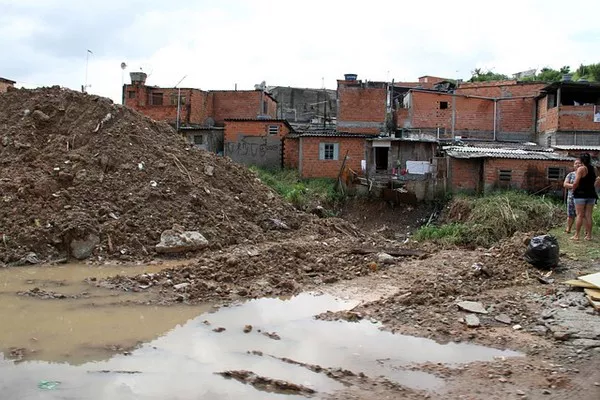Wastewater treatment is a critical process that plays a pivotal role in preserving the environment and ensuring public health. As populations grow and industrial activities intensify, the generation of wastewater becomes an inevitable consequence. Wastewater refers to the used water from various sources, including domestic, industrial, and commercial activities. The treatment of wastewater involves a series of physical, chemical, and biological processes aimed at removing pollutants and contaminants before the treated water is released back into the environment. This article delves into the significance of wastewater treatment, its processes, and the importance of sustainable practices in safeguarding our water resources.
The Significance of Wastewater Treatment:
Environmental Protection:
One of the primary reasons for wastewater treatment is to protect the environment from the harmful effects of pollutants. Untreated wastewater contains a myriad of contaminants such as pathogens, nutrients, heavy metals, and chemicals that can have detrimental effects on aquatic ecosystems. When released into rivers, lakes, or oceans, these pollutants can disrupt the balance of ecosystems, harm aquatic life, and contaminate drinking water sources. Wastewater treatment is essential to mitigate these adverse environmental impacts and ensure the sustainability of water resources.
Public Health:
The proper treatment of wastewater is crucial for safeguarding public health. Untreated or poorly treated wastewater can harbor disease-causing pathogens, posing a significant risk to human health. Waterborne diseases, such as cholera and dysentery, can spread rapidly through contaminated water sources. Wastewater treatment facilities are designed to eliminate or reduce the concentration of these pathogens, ensuring that the water discharged back into the environment is safe for recreational use and does not pose a threat to public health.
Processes Involved in Wastewater Treatment:
Preliminary Treatment:
The wastewater treatment process begins with the removal of large solids and debris through screening and sedimentation. This preliminary treatment helps protect downstream treatment processes by preventing damage to equipment and facilitating the effective removal of smaller particles in subsequent stages.
Primary Treatment:
During primary treatment, suspended solids are further separated from the wastewater through sedimentation. This step involves allowing the wastewater to settle, allowing gravity to pull down the heavier particles. The resulting sludge is removed, leaving behind partially clarified water. While primary treatment is effective in removing a significant portion of solids, it does not adequately address dissolved contaminants.
Secondary Treatment:
Secondary treatment focuses on the removal of dissolved and suspended organic matter. This stage utilizes biological processes, such as activated sludge treatment or trickling filters, where microorganisms break down organic pollutants. The microorganisms consume organic matter, transforming it into biomass and gases. Secondary treatment significantly improves the quality of the treated water, making it suitable for discharge into the environment.
Tertiary Treatment:
In some cases, a tertiary treatment step may be employed to further enhance water quality. Tertiary treatment involves additional processes such as filtration, chemical treatment, or advanced biological treatment to achieve stringent water quality standards. This stage is particularly important in regions with specific environmental regulations or where the treated water is intended for reuse.
The Importance of Sustainable Wastewater Treatment Practices:
Resource Recovery:
Sustainable wastewater treatment practices focus on maximizing resource recovery from the treatment process. This includes the extraction of valuable materials, such as nutrients and energy, from wastewater. For example, the recovered sludge from treatment processes can be utilized as a nutrient-rich fertilizer, and biogas generated during anaerobic digestion can be harnessed as a renewable energy source. By adopting resource recovery practices, wastewater treatment becomes a more environmentally friendly and economically viable process.
Energy Efficiency:
Wastewater treatment is energy-intensive, and the conventional approach often consumes significant amounts of electricity. Sustainable practices aim to improve energy efficiency through the implementation of innovative technologies, such as anaerobic digestion and the use of renewable energy sources. By reducing energy consumption, wastewater treatment facilities can lower operational costs and minimize their environmental footprint.
See Also Why Is It Important To Treat Wastewater Before Discharge
Conclusion:
Wastewater treatment is an indispensable component of responsible environmental management. As populations grow and industrial activities expand, the need for effective wastewater treatment becomes more pronounced. The significance of wastewater treatment lies not only in protecting the environment and public health but also in fostering sustainable practices that maximize resource recovery and minimize environmental impact. By understanding the processes involved in wastewater treatment and embracing sustainable approaches, we can contribute to the preservation of water resources and the overall well-being of our planet.


